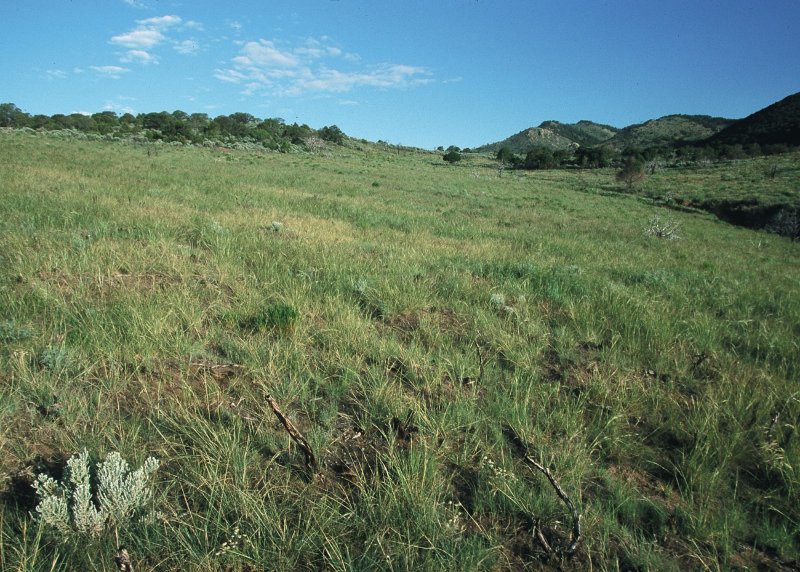
By Jay Jenkins, UNL Extension Educator
The two most important components of a grazing lease agreement are stocking rate and lease rate.
Balancing the forage demanded by the animals with the amount of forage grown is the most important part of proper grazing management. Too much grazing pressure leads to decreased long-term forage production.
Plainly stating the stocking rate in the lease agreement helps avoid disagreements and provides landowners a way to reach their goals for rangeland health.
Stocking rate can be expressed in different ways. Sometimes it is expressed as the average number of animals during the lease period. Animal-days or animal-unit-days are better ways to figure stocking rate. The method you choose to express stocking rate should be clearly written in the lease agreement and discussed between all parties.
It is recommended that grazing leases include a clause that covers how grazing pressure will be reduced in response to drought or other natural disaster. Put in writing what will happen in the event that drought, hail, fire, or other natural disaster reduces the amount of forage produced. Specify who will make the decision to reduce stocking rate and how the decision will be made.
The landowner often makes this decision based primarily on remaining forage available. Also, the lease agreement should specify how much notice is needed in the event stocking rate must be reduced. It should also cover how payment will be reduced to reflect the reduced carrying capacity.
The bottom line is to communicate early and often. When communication falters, both the rangeland and landowner-tenant relationship suffer.
An additional resource, the “Pasture Rental Arrangements for Your Farm” publication is available in the document library at http://aglease101.org. It covers in-depth many of the steps in arriving at an equitable lease arrangement and contains a template lease form that can be used to develop an agreement. It does not specifically include a disaster clause, but it has space to add one.
For more UNL Beef information go to http://beef.unl.edu